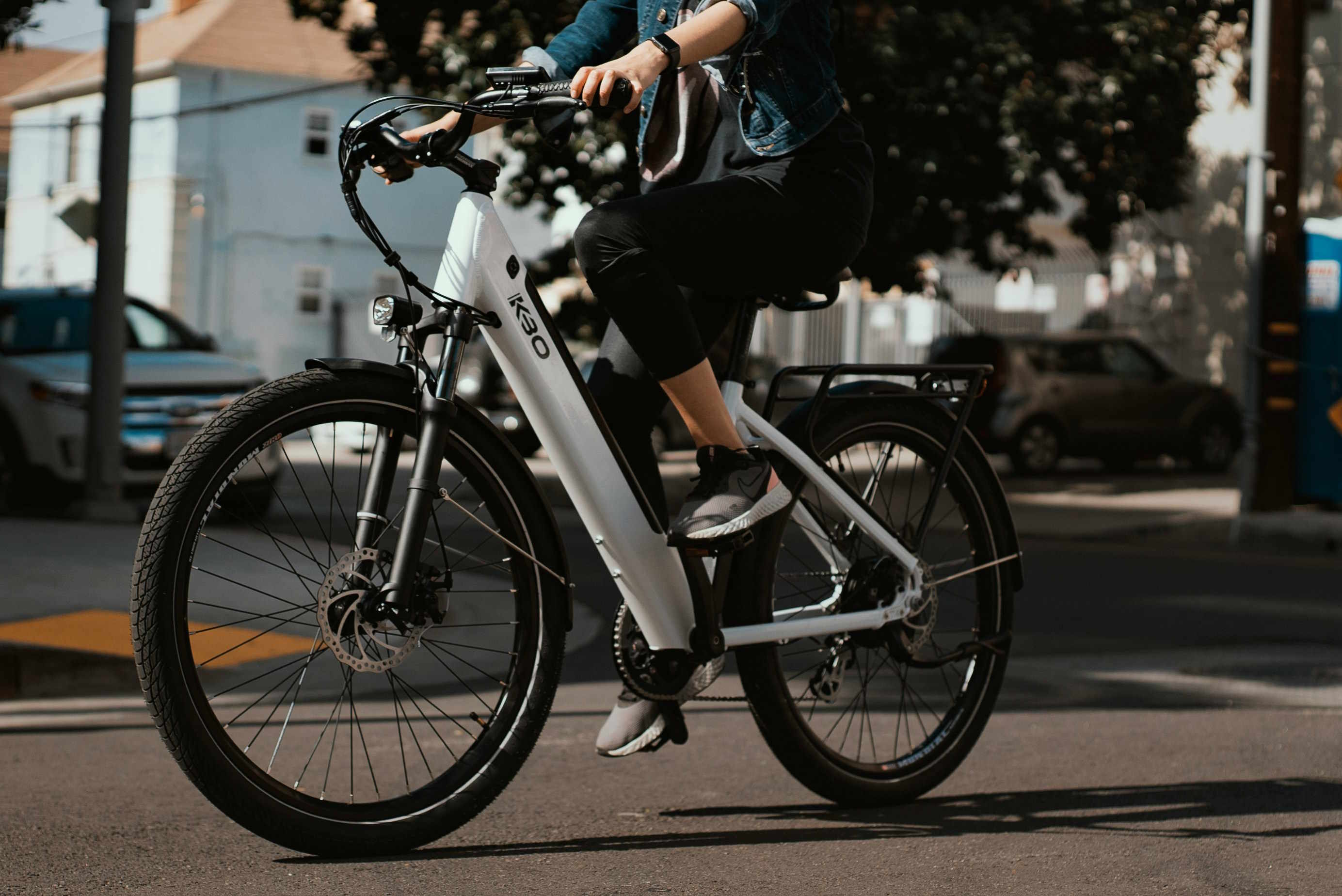Essential Guide to Electric Bikes: What You Need to Know & Top Resources
Electric bikes have revolutionized personal transportation, offering an eco-friendly alternative to traditional vehicles while providing the flexibility of human-powered cycling. Whether you're considering your first purchase or looking to expand your knowledge, understanding the fundamentals of electric bikes can help you make informed decisions about this growing technology that's reshaping how we think about daily commuting and recreational cycling.
Electric bikes represent a significant shift in personal mobility, combining traditional cycling with modern battery technology to create versatile transportation solutions. These innovative vehicles have gained tremendous popularity worldwide, offering riders the ability to travel longer distances with less physical effort while maintaining the health benefits and environmental advantages of cycling.
Understanding Electric Bike Types And Their Features
Electric bikes come in several distinct categories, each designed for specific riding needs and preferences. Class 1 electric bikes provide pedal assistance up to 20 mph without a throttle, making them ideal for fitness-conscious riders who want occasional power boosts. Class 2 models include both pedal assist and throttle options, reaching the same 20 mph limit but offering more flexibility in how power is delivered. Class 3 electric bikes can assist up to 28 mph and are perfect for commuters covering longer distances.
Beyond classification systems, electric bikes vary significantly in design and components. Hub motors, located in either the front or rear wheel, provide direct power transmission and are generally more affordable. Mid-drive motors, positioned near the bike’s pedals, offer better weight distribution and more natural riding feel but typically cost more. Battery capacity, measured in watt-hours, determines range, with most modern electric bikes offering 20-60 miles per charge depending on terrain, rider weight, and assistance level used.
Exploring The Benefits Of Electric Bikes For Commuters
Commuters increasingly turn to electric bikes for their practical advantages over traditional transportation methods. Electric bikes enable riders to arrive at work without excessive sweating, making them viable alternatives to cars for professional environments. They eliminate parking challenges common in urban areas while reducing transportation costs significantly compared to vehicle ownership or public transit passes.
The environmental benefits extend beyond individual use, as widespread electric bike adoption reduces traffic congestion and air pollution. Many commuters find electric bikes faster than cars for trips under five miles in urban settings, as they can use bike lanes and avoid traffic delays. The flexibility to choose assistance levels allows riders to get exercise when desired while having power available for challenging hills or headwinds.
Safety Considerations And Maintenance Tips For Electric Bikes
Electric bike safety requires attention to both traditional cycling precautions and unique considerations related to electric components. Higher speeds possible with electric assistance demand enhanced braking systems, with many models featuring hydraulic disc brakes for reliable stopping power. Visibility becomes crucial due to increased speeds, making lights, reflective gear, and bright clothing essential safety equipment.
Regular maintenance ensures optimal performance and safety. Battery care involves proper charging practices, avoiding complete discharge, and storing batteries in moderate temperatures. Chain and drivetrain maintenance follows traditional bicycle procedures but may require more frequent attention due to additional torque from electric motors. Tire pressure, brake adjustments, and electrical connection inspections should be performed regularly to maintain safe operation.
Navigating Local Regulations And Legal Requirements
Electric bike regulations vary significantly by location, making local research essential before purchasing or riding. Many jurisdictions classify electric bikes similarly to traditional bicycles, allowing use on bike paths and lanes without special licensing. However, some areas restrict certain classes from specific paths or require registration for higher-powered models.
Age restrictions, helmet requirements, and speed limits differ between regions and may change as legislation evolves. Some locations require insurance for electric bikes, while others treat them identically to conventional bicycles. Understanding local laws prevents legal issues and ensures safe, compliant riding. Many manufacturers provide guidance on regulations, but riders should verify current local requirements through official government sources.
| Product Category | Price Range | Key Features |
|---|---|---|
| Entry-Level Commuter | $800-$1,500 | Basic pedal assist, 20-30 mile range, hub motor |
| Mid-Range Recreational | $1,500-$3,000 | Multiple assist levels, 30-50 mile range, better components |
| Premium Performance | $3,000-$6,000 | Mid-drive motor, high-capacity battery, 50+ mile range |
| Specialty/Cargo | $2,000-$8,000 | Heavy-duty frame, extended range, specialized features |
Prices, rates, or cost estimates mentioned in this article are based on the latest available information but may change over time. Independent research is advised before making financial decisions.
Finding Reliable Resources And Communities For Electric Bike Enthusiasts
The electric bike community offers valuable resources for both newcomers and experienced riders. Online forums provide platforms for sharing experiences, troubleshooting technical issues, and discussing the latest developments in electric bike technology. Local bike shops increasingly specialize in electric models, offering test rides, maintenance services, and expert advice tailored to regional riding conditions.
Manufacturer websites contain comprehensive information about specific models, warranty details, and authorized service locations. Many cities host electric bike groups that organize rides, share maintenance tips, and advocate for better cycling infrastructure. Social media communities connect riders globally, facilitating knowledge exchange about routes, modifications, and riding techniques specific to electric bikes.
Electric bikes continue evolving rapidly, with improvements in battery technology, motor efficiency, and integration with smart devices. Understanding the fundamentals covered in this guide provides a solid foundation for exploring this exciting transportation option. Whether seeking an eco-friendly commuting solution or an enhanced recreational cycling experience, electric bikes offer compelling benefits that make them increasingly attractive alternatives to traditional transportation methods.





